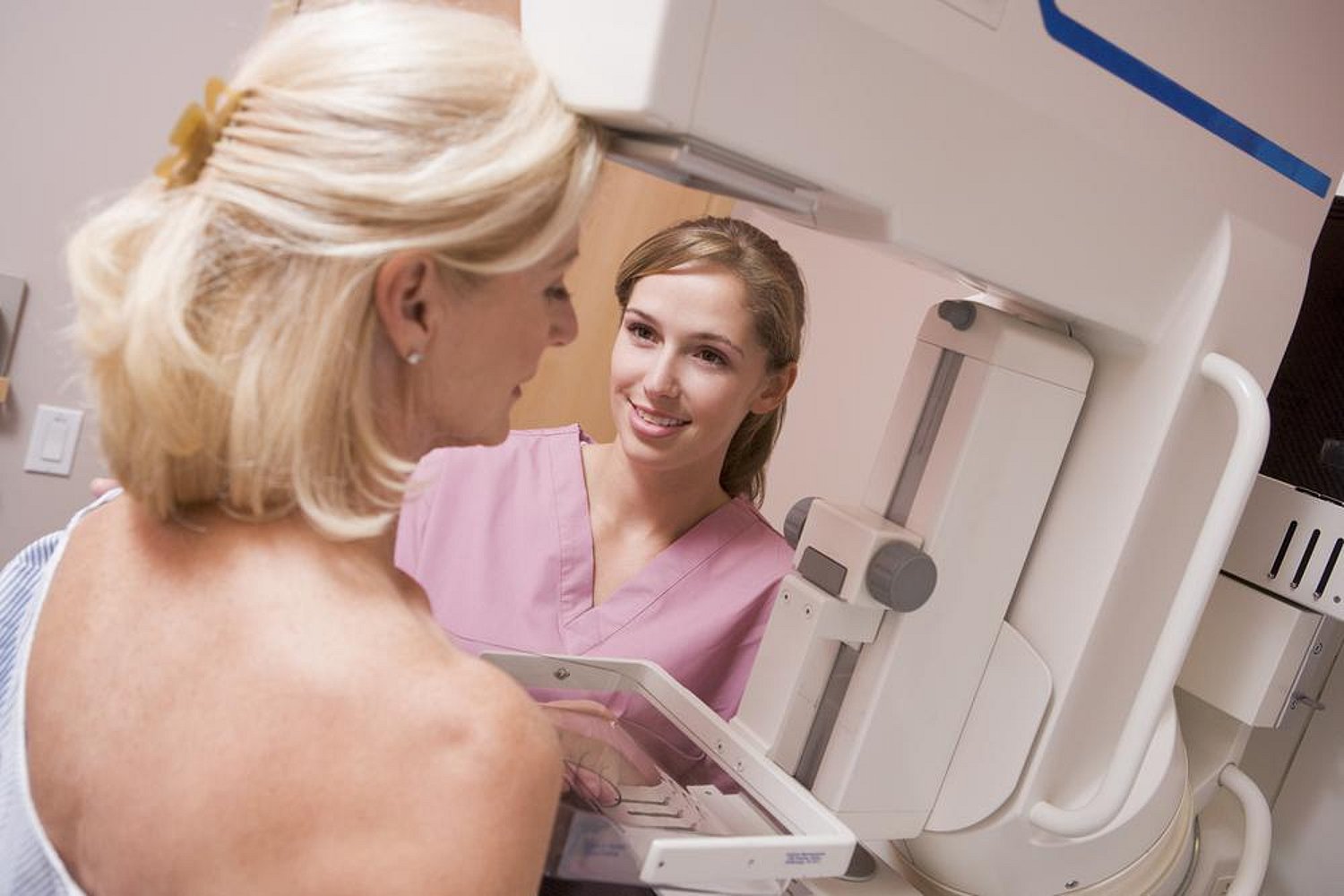Mammograms: What You Need to Know

Can a mammogram save my life?
Mammograms -- X-ray pictures of the breasts -- are a valuable but imperfect tool for detecting breast cancer. The death rate from breast cancer has dropped dramatically in the last 20 or 30 years, but most of that progress is due to better treatments, not mammograms. While a mammogram can definitely uncover hidden cancers, recent research suggests that the X-rays don't save as many lives as once thought.
A study in the New England Journal of Medicine that followed over 40,000 Norwegian women suggested that aggressive use of mammograms could, at most, reduce the death rate from breast cancer by 2 percent -- a benefit so small that it's hard to measure. If true, over 10,000 women would have to be regularly screened to save a single life.
Not all experts agree that the benefits of mammograms are so meager, however, and even the harshest critics believe that screening helps some women. At its best, mammography can find aggressive tumors while they're still treatable. Mammograms can also detect slow-growing tumors that could have safely been ignored.
How often should I have a mammogram?
The American Cancer Society recommends yearly screening for all women over 45 and screening every two years after age 55 (with women at higher risk starting at 40 or when their doctor recommends it).
In the end, women and their doctors should decide together about the timing and frequency of mammograms.
What happens during a mammogram?
The procedure itself is very simple. You'll undress from the waist up and put on a gown that opens in the front. The technologist will position your breast on a plastic tray and then lower a second tray that will compress your breast. (This can be a little uncomfortable, but it shouldn't hurt.) You'll raise your arm over your head and hold your breath for a few seconds as she takes two X-rays of each breast, one shot from above and another from the side.
How accurate are mammograms?
One of the downsides of mammograms is that they often uncover suspicious spots or masses that are actually harmless. Doctors call this a false positive. In other words, try not to panic if the radiologist finds something out of the ordinary. Depending on the experience of the person reading the X-rays, somewhere between 4 and 8 percent of mammograms are false positives. In addition to sending women on an emotional roller coaster, false positives can lead to further unnecessary exams and procedures. To confirm if a suspicious spot is really cancer, a doctor may order a biopsy, procedure that involves removing a small tissue sample that is then examined under a microscope. Most biopsies turn out to be negative, which is a huge relief. Alternatively, your doctor may recommend an ultrasound exam to get another look. If the ultrasound looks normal, your doctor may want to take a wait and see approach. If the spot hasn't changed by your next mammogram, it's not worth worrying about.
Another problem with mammograms is that they sometimes miss actual tumors. Up to 20 percent of tumors are overlooked. It can be especially hard to see tumors in women with dense breast tissue, which includes a lot of women who have not yet started menopause or are on hormone replacement therapy.
Where should I get my mammograms done?
Your doctor can refer you to a breast-screening clinic or you can find one in your area by calling the National Cancer Institute at 800-422-6237 or the American Cancer Society at 800-227-2345. Try to find a facility where the radiologist is reading at least 20 mammograms a week. The federal Centers for Disease Control and Prevention (CDC) offers free or low-cost screening and post-screening diagnostic services to women who can't afford them. For information on getting a free mammogram in your state, call the CDC at 888-842-6355.
References
Breast Cancer Screening for Women at Average Risk: 2015 Guideline Update From the American Cancer Society
Kalager M et al. Effect of screening mammography on breast cancer mortality in Norway. New England Journal of Medicine 1203-1210, 2010
Mayo Clinic. Mammogram guidelines.
American Cancer Society. False-positive mammogram results vary among radiologists.
National Cancer Institute. Mammograms.
Related Posts
Task Force Recommends Anxiety Screening for All Adults Under 65
TUESDAY, Sept. 20, 2022 (HealthDay News) -- In what amounts to a public...
La licencia por enfermedad paga es buena para las empresas: estudio
LUNES, 27 de febrero de 2023 (HealthDay News) -- Estados Unidos es uno de los...
Vaginal HPV Detected in About 40 Percent of Pregnant Women
FRIDAY, May 26, 2023 (HealthDay News) -- Vaginal human papillomavirus (HPV) is...
